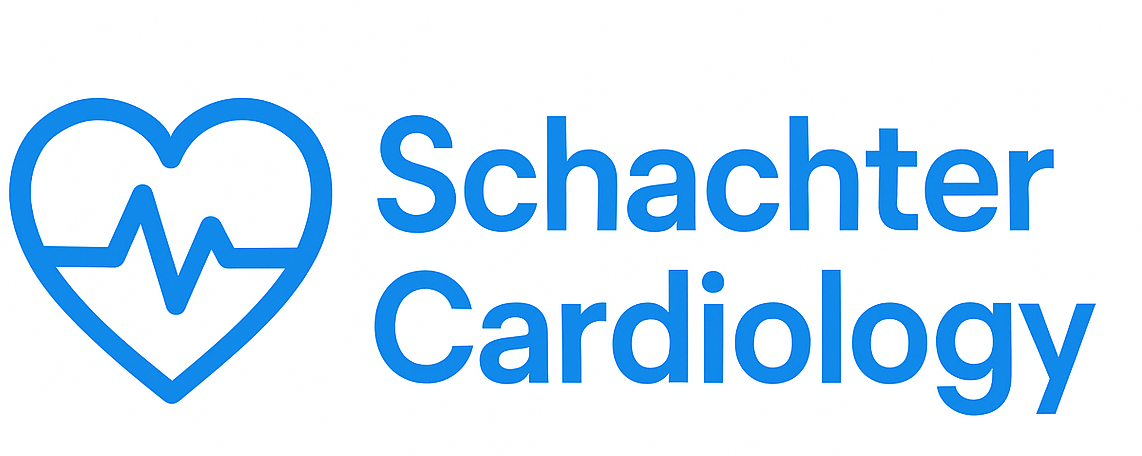The Benefits of Mindful Breathing for Heart Health
In our fast-paced world, stress has become a common part of life. However, the impact of stress on our cardiovascular health cannot be underestimated. Studies indicate that chronic stress can lead to various heart-related issues, including hypertension, heart disease, and arrhythmias.
One effective way to combat stress is through mindful breathing. This technique not only helps to reduce anxiety but also plays a significant role in promoting heart health.
What is Mindful Breathing?
Mindful breathing involves paying attention to your breath and being aware of your thoughts and feelings without judgment. It encourages you to take a moment for yourself, focus on your breathing, and calm your mind.
The Science Behind Mindful Breathing and Heart Health
Research has shown that mindful breathing can activate the parasympathetic nervous system, often referred to as the “rest and digest” system. This activation helps to lower the heart rate and blood pressure, making it an essential practice for those at risk of cardiovascular issues.
Benefits of Mindful Breathing
- Reduces Stress: By focusing on your breath, you can reduce levels of the stress hormone cortisol, which is linked to heart disease.
- Improves Heart Rate Variability: Mindful breathing can enhance heart rate variability (HRV), an indicator of your heart’s health and resilience.
- Enhances Mental Clarity: Practicing mindful breathing can improve concentration and mental clarity, leading to better decision-making regarding your health.
- Promotes Emotional Well-being: It can help manage anxiety and depression, both of which are risk factors for heart disease.
How to Practice Mindful Breathing
Practicing mindful breathing doesn’t require any special equipment or extensive time commitments. Here are some simple steps to get started:
- Find a Comfortable Position: Sit or lie down in a quiet place where you won’t be disturbed.
- Close Your Eyes: This helps to eliminate distractions and allows you to focus inward.
- Take Deep Breaths: Inhale deeply through your nose for a count of four, hold for a count of four, and exhale slowly through your mouth for a count of six.
- Focus on Your Breath: Pay attention to the sensation of the air entering and leaving your body. If your mind wanders, gently bring your focus back to your breath.
- Practice Regularly: Aim to practice mindful breathing for at least 5-10 minutes each day. Over time, you can increase the duration as you become more comfortable with the practice.
Incorporating Mindful Breathing into Your Daily Routine
To make mindful breathing a habit, consider incorporating it into your daily routine:
- Morning Ritual: Start your day with a few minutes of mindful breathing to set a positive tone.
- During Breaks: Take short breaks throughout the day to practice mindful breathing, especially when feeling stressed.
- Before Bed: Wind down your day with mindful breathing to help clear your mind before sleep.
Combining Mindful Breathing with Other Heart-Healthy Practices
While mindful breathing is a powerful tool for heart health, it’s most effective when combined with other heart-healthy practices:
- Regular Exercise: Aim for at least 150 minutes of moderate aerobic activity each week.
- Balanced Diet: Focus on a diet rich in fruits, vegetables, whole grains, and lean proteins.
- Regular Check-ups: Stay on top of your heart health with regular check-ups and monitoring of blood pressure and cholesterol levels.
Conclusion
Mindful breathing is a simple yet effective technique that can significantly enhance your heart health by reducing stress and promoting overall well-being. By incorporating it into your daily routine, you can take an essential step towards a healthier heart and a more fulfilling life.
As always, consult with your healthcare provider before making any significant changes to your health regimen, especially if you have existing heart conditions or concerns.
Disclaimer: This article is for educational purposes only and does not constitute medical advice. Always consult a qualified healthcare professional.
